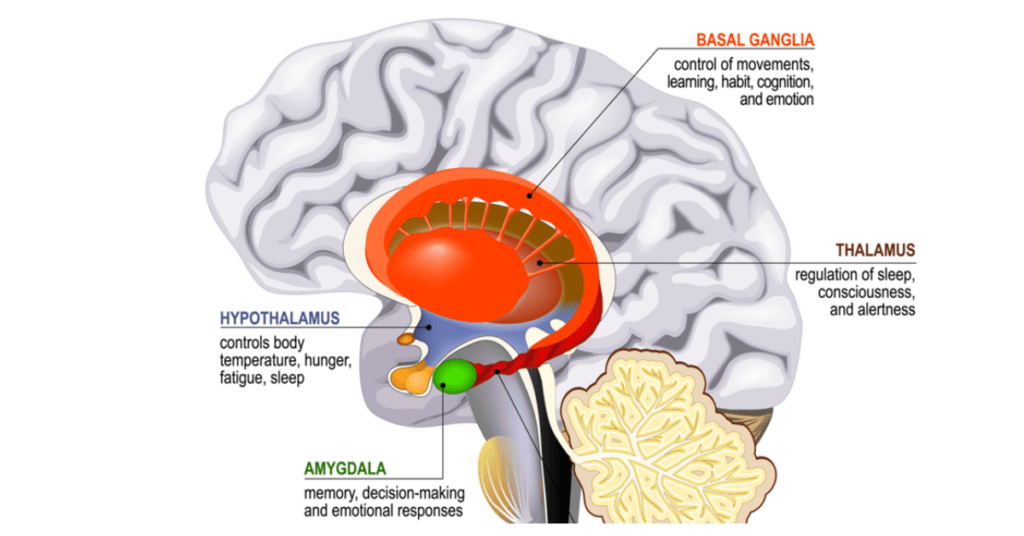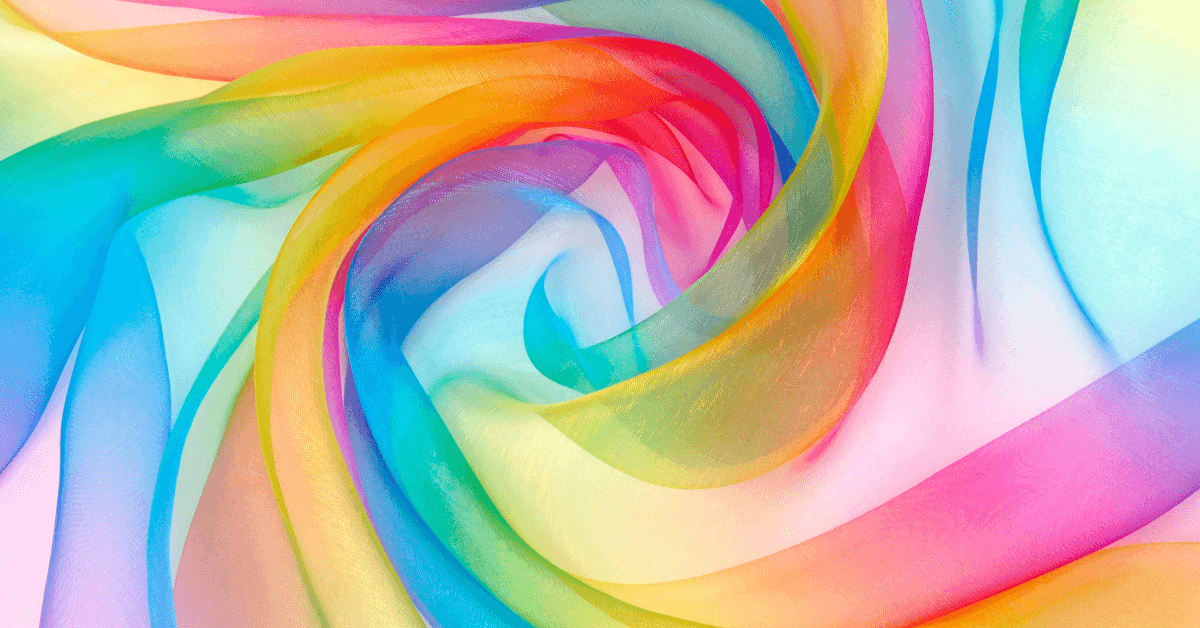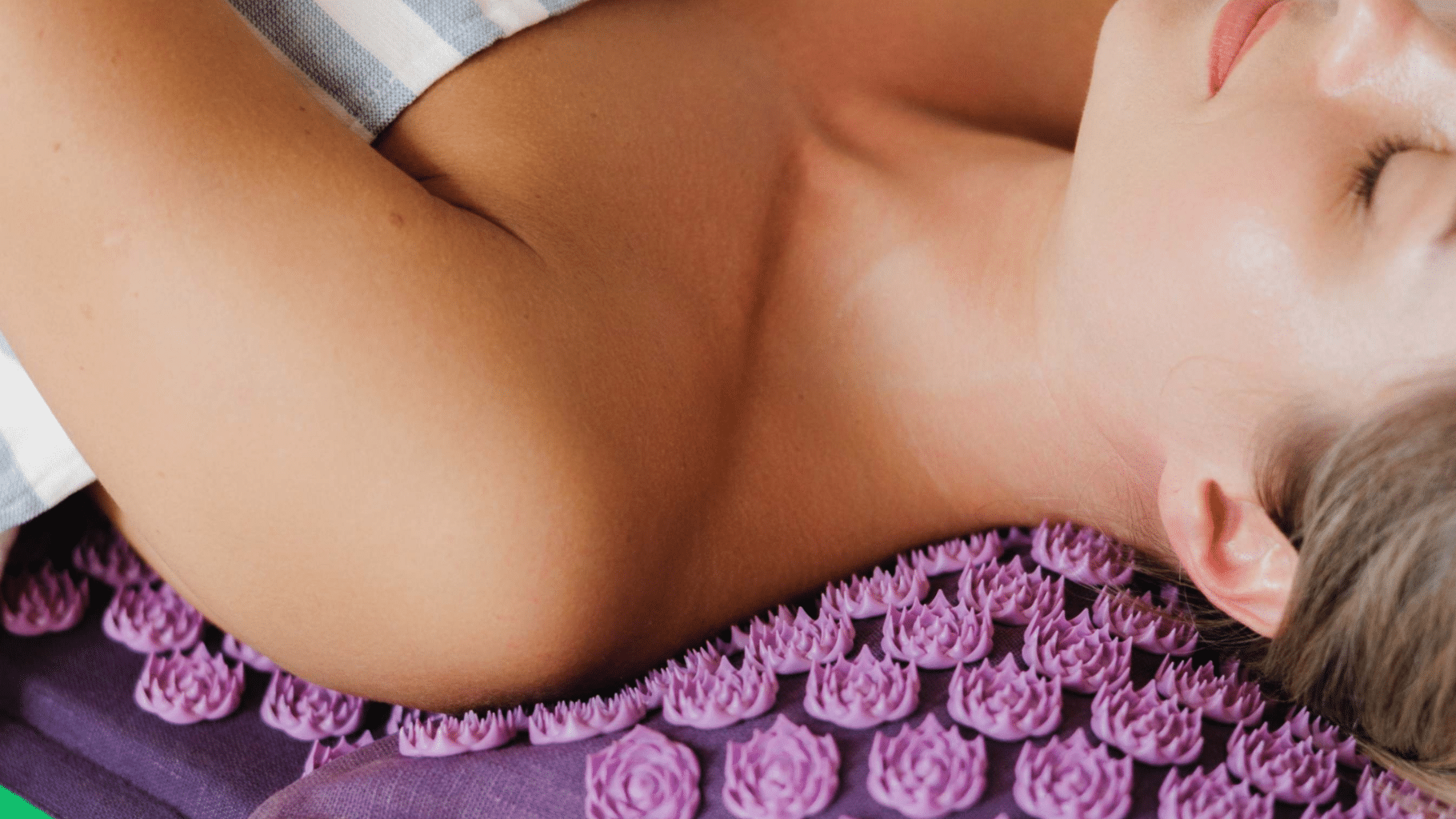Have you ever felt instantly happier looking at a beautiful rainbow? Or noticed your mood shift while wearing a bold, vibrant shirt?
Dive into the world of Color Vibration Therapy, a holistic approach that harnesses the power of colors to heal and rejuvenate. Are you curious about how a rainbow can be your bridge to wellness? Read on!
What is Color Vibration Therapy, and How Does It Work?
Color Vibration Therapy is a holistic healing method that uses different colors and their specific vibrations to balance energy within the body. It aims to improve physical, emotional, and mental well-being. Color vibration therapy is based on the premise that colors can influence mood and health outcomes.
A Brief Introduction to Color Vibration Therapy
Color vibration therapy is a complementary healing technique that uses the visible spectrum of light and color to balance energy throughout the body. Also known as chromotherapy or color light therapy, this holistic approach dates back to ancient Egypt, China, and India.
The basic premise is that each color has its unique wavelength and vibrational frequency. When surrounded by or visualizing a color, it stimulates a corresponding chakra center in our body. The vibrations resonate through our cells, subtly shifting our physical, emotional, and spiritual state.
Clinical studies validate the therapeutic benefits of exposing the body to specific colors and light frequencies. Today, color vibration therapy is used in various settings – hospitals, schools, psychotherapy offices, spas, yoga studios, and private homes.
The Science Behind Healing with Color Vibrations
Light is a form of energy made up of electromagnetic particles called photons. Each color has its wavelength and frequency along the light spectrum. Here are the seven colors of the rainbow ordered from longest wavelength/lowest vibration to shortest wavelength/highest vibration:
- Red
- Orange
- Yellow
- Green
- Blue
- Indigo
- Violet
When colored light enters through our eyes, retinas, and optic nerve, it travels to our limbic system, the part of our brain that supports emotions, behavior, motivation, and long-term memory. The limbic system includes the hypothalamus, which regulates hormones throughout the body.

Research shows that when we are exposed to specific colors, our brains send signals to the sympathetic nervous system. This stimulates the production of norepinephrine and cortisol hormones, which activate stress responses, or serotonin, which regulates mood.
Color wavelengths have been shown to directly impact pulse, respiration rate, oxygen consumption, brain activity, biorhythms, and autonomic nervous system responses.
Studies validate that color vibration therapy helps:
- Ease anxiety and depression
- Boost energy levels
- Speed healing
- Lower blood pressure
- Increase concentration
- Improve vision
- Promote deep sleep
Now that we know how profoundly color vibrations impact the body, let’s examine how to harness them to heal.
Balancing Your Chakras with Color
Color vibration therapy directly links colors to the seven chakra energy centers running along the spine. Each chakra relates to specific organs and emotional/spiritual states.
By surrounding ourselves with the color associated with a particular chakra, we can remove energy blocks, restore balance, and align our whole being. Here is a quick overview of the seven chakras and corresponding colors:
| Chakra | Location | Associated Color(s) | Connected To |
|---|---|---|---|
| Root Chakra | Base of spine | Red | Physical safety/survival |
| Sacral Chakra | Below navel | Orange | Creativity, emotions, sexuality |
| Solar Plexus | Upper abdomen | Yellow | Self-confidence, willpower |
| Heart Chakra | Center of chest | Green, pink | Love, compassion |
| Throat Chakra | Base of throat | Blue | Communication, truth |
| Third Eye Chakra | Forehead | Indigo | Intuition, imagination |
| Crown Chakra | Top of head | Purple/violet | Spirituality, consciousness |
Now we understand the chakra-color connections, let’s explore practical ways to integrate color therapy into daily life.
Easy Ways to Use Color Vibration Therapy
The beauty of color vibration therapy is its simplicity. While working with a practitioner can provide guidance, everyone can start enjoying benefits using fun, free methods. Here are some easy ways to heal with color:
- Wear vibrantly colored clothes – Choose shades that resonate with how you want to feel that day. Need energy? Wear red! Want to inspire creativity? Try orange! Feel like expressing your authentic self? Slip on some sunny yellow!
- Drink water infused with color – Add a few drops of food dye to your water bottle and drink according to chakra needs. Red promotes vitality, green balances emotions, and blue enhances communication. Even colorless filtered water sits in the blue spectrum.
- Surround yourself with colored objects – Place a vibrant bouquet on your desk. Use colored folders to organize schoolwork. Hang a purple scarf near your bed. Let the hues you love infuse their vibrations into your environment.
- Meditate with colored silks – Visualization is key in color therapy. Sit comfortably with colored silk fabric draped over your body and visualize its hue radiating through your skin into organs and energy centers.
- Take a chromotherapy bath – By adding colored bath salts or oils; you can soak in healing vibrations. Alternately, shine colored lights into bath water. Start with red to energize and transition to blue to relax.
- Do light therapy at home – Use blue light boxes to boost mood and energy. Place warm yellow lights in areas where concentration is needed. Hang rainbow LED rope lights for an ambient chromotherapy glow.
- Eat foods attuned to each chakra – Root chakras love red apples, peppers, and radishes. Sacral chakras sing with orange peaches, carrots, and pumpkins. Yellow lemons, bananas, and corn nourish solar plexuses. Eating the rainbow helps align your energy!
- Nature provides perfect color therapy – Walking in the woods surrounded by green foliage balances the heart chakra. Let the vibrant pinks of a sunset soothe your sacral chakra. Lie under the blue sky to activate your throat chakra.
Personal Thoughts
I searched for stress management solutions and stumbled upon Color Vibration Therapy. This approach intrigued me with its unique premise of using colors and their vibrations to alleviate stress, appealing to my scientific curiosity and personal struggle.
Experimenting with Color Vibration Therapy, I found it surprising and effective in managing my stress. Its simplicity and immediate calm made a significant difference in my daily life, showing that, sometimes, unconventional paths lead to meaningful outcomes.
Frequently Asked Questions
How does color therapy work?
Color therapy uses the unique energy of color to stimulate a rise in your body’s energy. Each color has a specific vibration and energy that can encourage your body to work towards healing. For example, blue relates to the throat chakra and can bring calm and peace, while violet relates to the crown chakra and encourages spiritual growth and intuition.
Why is crystal often used in color therapy?
Chakra stones and crystals are believed to possess unique energy vibrations. Crystals of various colors can amplify or balance the color energy in one’s body. The exact placement of these crystals during a session is based on their color and the intuitive needs of the individual.
Who can benefit from color vibration therapy?
Anyone feeling an imbalance in their physical or mental well-being may benefit from color therapy. It can help individuals pursue peace and calm and boost their overall energy and vitality. Plus, it can act as a powerful tool for meditation, encouraging a higher state of awareness and self-understanding.
Can I learn color vibration therapy?
Yes, you can learn this practice. Several courses help individuals graduate in color therapy. It’s ideal for those with a strong passion for the power of color and its potential to provide therapeutic and creative benefits.
How does color therapy help mentally?
Color therapy can have a profound impact on mental health. The colors can help bring inner peace, reduce anxiety, and encourage joy and positivity. By targeting the subtle energies within the body, color therapy can naturally calm and promote overall mental well-being.




